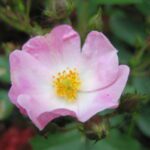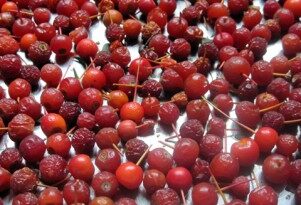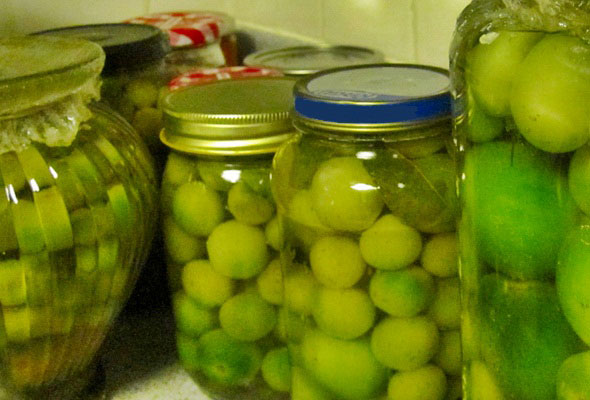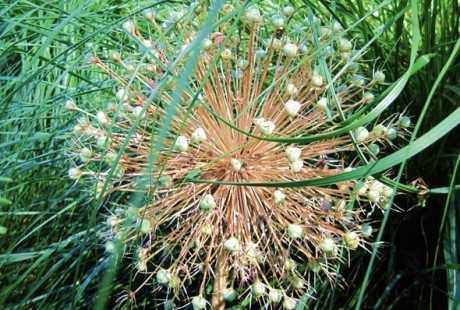buttercups
Guess which were the first flowers to bloom this year? Spring finally made up its mind, not before one last fluffy snow. Despite this desperate attempt, winter lost its power and the wet blanket swiftly melted to provide the plants with welcome moisture.
Every day I take a trip through the garden to see if anything decided to come out yet. The daffodils broke ground, so that makes it officially spring. There are leaf buds on the clematis and tiny leaves on the sweet violets. That’s the extent of what I can see, because I didn’t get to the spring cleaning and the flower beds are covered in whatever grunge accumulated over the winter.
Every time I plan to spruce them up, a new installment of inclement weather ensues, so I have to let them be for now, even if their disheveled looks gnaw at my conscience.
The buttercups managed to emerge from under a pile of dried pine needles, more power to them! In the still barren garden, among shades of brown and gray their sunny flowers shine even brighter, drawing all the attention.
While researching buttercups, the first thing that emerged regarding this pretty flowers was that they were poisonous. I took notice. The default is not to ingest a plant unless you know for a fact that it is edible anyway. I’ll just add them to the long list of beautiful flowers that are also poisonous: lily of the valley, azaleas, clematis, boxwood, caladiums, irises, lantana, foxgloves, monkshood, datura, morning glory, delphiniums, lilies, sweet peas, wisteria and last but not least the poetic jonquils.
Usually not being good to eat is a feature for a plant in the flower garden, it ensures the gardener doesn’t have to perpetually replant, but don’t touch your eyes or mouth after handling buttercups, it appears their sap is irritating.




 Previous Post
Previous Post Next Post
Next Post




